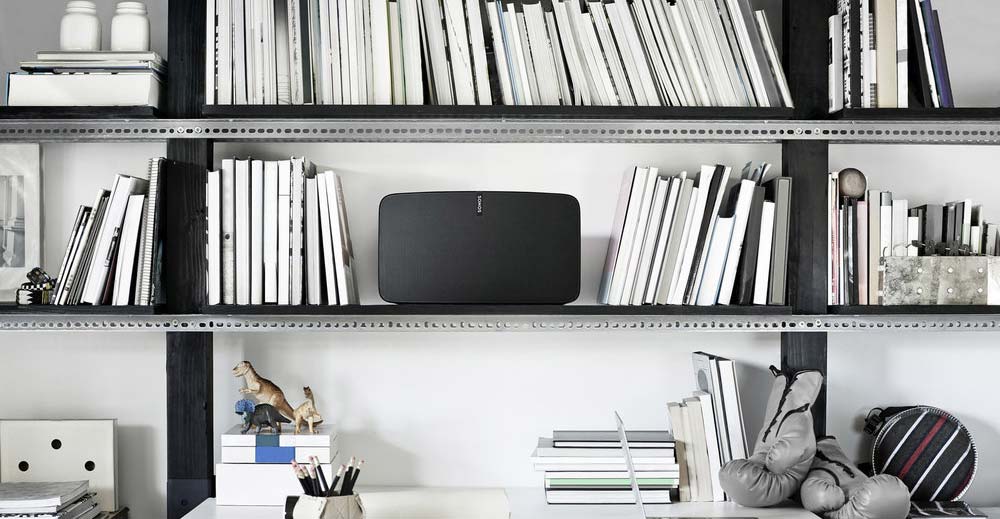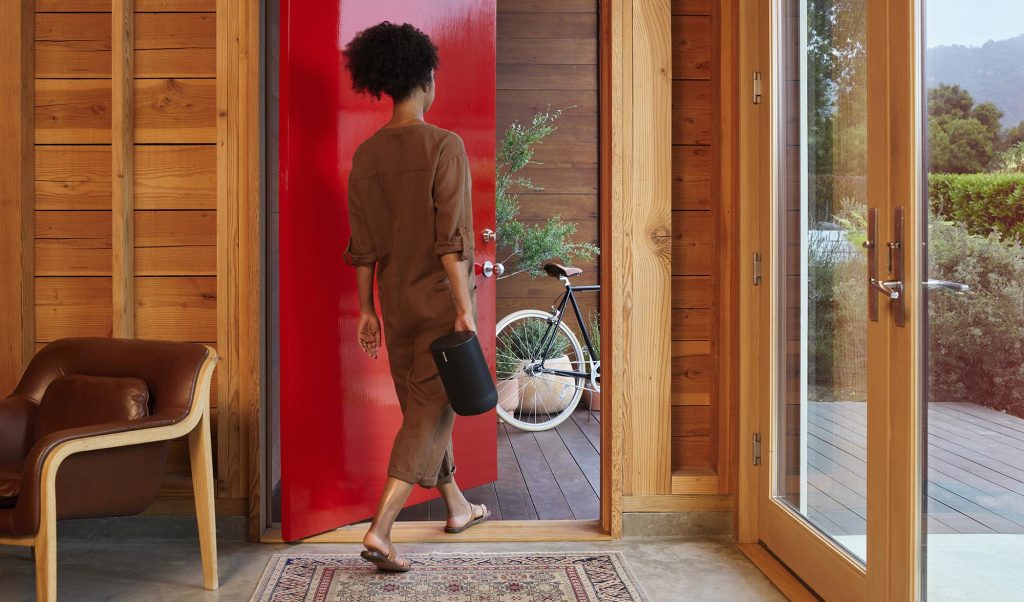All that stuff about old Sonos gear not working with new gear? Forget about it, though there are some changes.
When perfectly great old technology stops working in a cycle of forced redundancy, it’s not surprising that people have a tendency to get annoyed.
No one likes to be forced into buying something, and if one day you get told your phone or tablet won’t get security patches or updates because that’s just the way it, you have every right to be aggravated. But while phones and tablets not seeing an update are bad, it wouldn’t have prevented them being used with WiFi or phone networks. No updates just means that, and it doesn’t mean compatibility stops.
That wasn’t the case with a Sonos announcement earlier in the year, which saw the company taking old products out of the equation, not supplying updates, but then also making them not work with the new features of new products.
It was a bit of a tricky situation that understandably concerned a lot of people, notably the ones who had invested quite a bit into a complex Sonos system, which given it’s audio gear, can rack up costs pretty quickly. Shortly after, Sonos announced it had more or less recanted, and more would be announced soon.
This week, we have that “more”, as Sonos talks up what’s coming, and it is a new operating system for its hardware.
It’s not like macOS or Windows, nor is it like iOS or Android, because you can’t see it. Instead, Sonos’ operating system for its old hardware will be renamed S1, while the new OS will be S2, and the differences will be something that may make you wake up and take notice, choosing to run your devices a little differently.
You can run all the currently released Sonos stock with the older S1 operating system, and everything will stay as you know it. No worries there. The app will see a rename to “Sonos S1 Controller”, but the logic will be the same.
But in June when S2 launches, the new app will be called “Sonos” and work with devices that support S2, which includes new products introduced after April this year that will only run S2, as well as older products that can be updated. Much like the situation earlier in the year, the Sonos gear that won’t see the updated S2 OS includes the older Play:5 Gen 1, Connect, Connect:AMP, Bridge, and the original Zone Player hardware, thanks in part to what Sonos says comes down to oldest products lacking “sufficient memory or processing power to be compatible with S2”.
In terms of what S2 delivers to speakers, Sonos says there’s an upgraded audio bandwidth, while new features and usability control will support the grouping of devices under names, allowing you to send music to a series of devices grouped under one name, such as all the bedrooms in your home.
Sonos wouldn’t say whether “upgraded audio bandwidth” meant support for 24-bit 192kHz audio or aptX HD, but Sonos gear has never been friendly to either, so our guess is this should mean higher audio support is coming, handy to folks who also have “Works with Sonos” amps, or even Sonos’ own.
Compatibility between old and new, S1 and S2
Here’s where it gets interesting.
Up until any new Sonos gear comes out later in the year, you can keep using everything you have now just as it is in the same way.
A Play:5 Gen 1 will work with a Play:5 Gen 2, as well as an anything else. No worries.
When S2 comes out, you’ll be able to upgrade that Gen 2 to the new Sonos operating system, S2, but then that Play:5 Gen 2 will stop working with the Gen 1.
So your decision will roughly work like this: you can either keep older devices in your system working with newer devices, or you can upgrade one, and have one set working on one Sonos network while the other works on another. That could mean the ease of use with which you use Sonos changes, though it also means you won’t necessarily need to introduce new speakers in your Sonos system until you need them.
Based on what Sonos has said, you’d be able to run your Sonos system the way it is now, and when say an upgrade comes along with features you like, you could replace the models which have been discontinued, and upgrade the whole system, as new speakers will be made to work with S2 only, not so different from how new phones and computers typically can’t be downgraded to older operating systems.
Separation anxiety
Alternatively, you could run two sets of Sonos systems side-by-side, with older products on the S1 and newer on the S2, though you won’t be able to group S1 speakers into an S2.
People still using the S1 app will keep receiving bug fixes and security updates, but not the new features from the S2 app or operating system.
This may also affect the Sonos skill on Amazon Alexa speakers, as you may need two skills installed, though voice control should still work, though that’s something we’re also confirming with the company.
You can still trade up, though “recycle mode” is dead
Fortunately, one thing is gone: recycle mode, as Sonos stops killing older gear.
Earlier in the year, recycle mode was brought in to let you update you gear with a 30 percent off discount to new gear, though it would leave your old gear unusable.
With this announcement, Sonos customers in Australia can trade their S1-only products to an S2 equivalent at 30 percent off, but it won’t kill the old gear. You could essentially buy a Play:5 Gen 2 to replace the Play:5 Gen 1, but your Gen 1 would still work, and you could keep using it, sell it, or give it to a friend. The Gen 1 would only work with Sonos S1, but the hardware would still work, which is the point.
When will Sonos get the S2 update
For now, everything stays the same, but from June onwards, you’ll be making that decision as to what you want the hardware to do, with the Sonos S1 app name change out then, alongside the Sonos S2 app.
If you don’t have a Play:5 Gen 1, Connect, Connect:AMP, Bridge, or older Sonos Zone product in your system, you’ll be fine, and an update to S2 will make sense. If you do, you might want to keep everything on S1 the way it has been, and you’ll be good too.
At the moment, that’s exactly what we’re all doing, as June is still a few months away.









